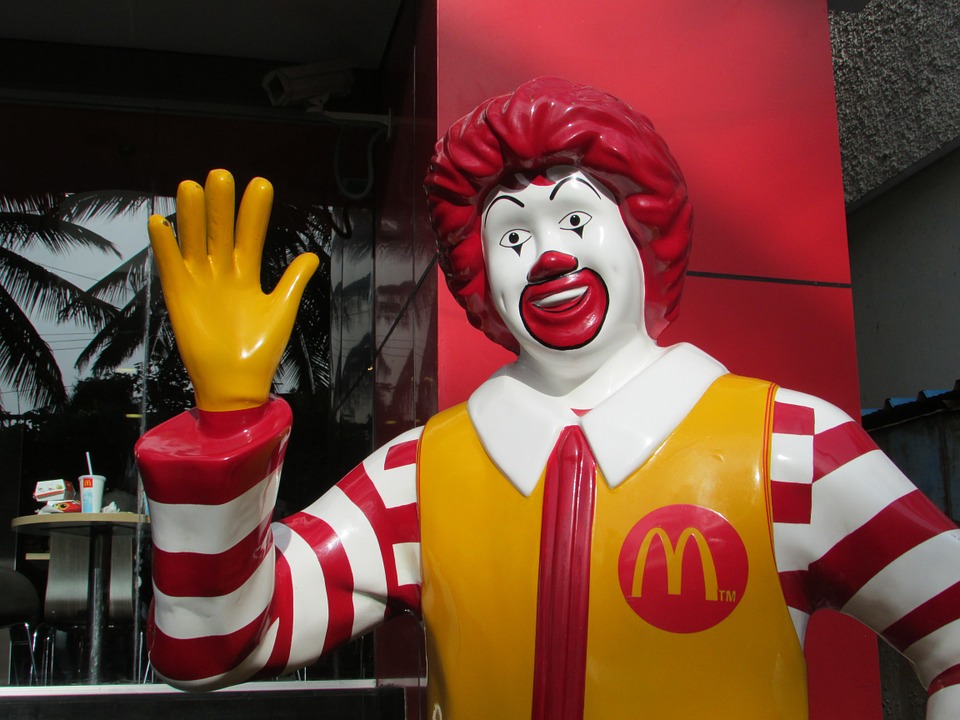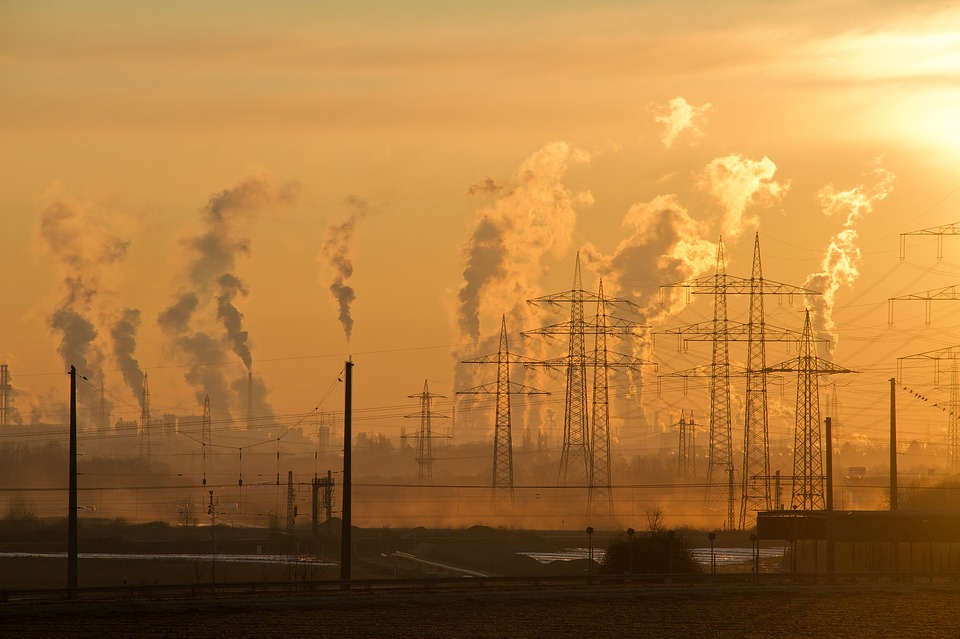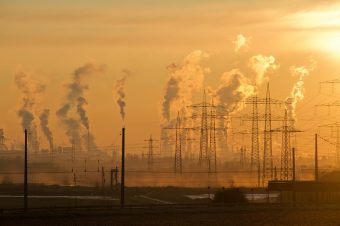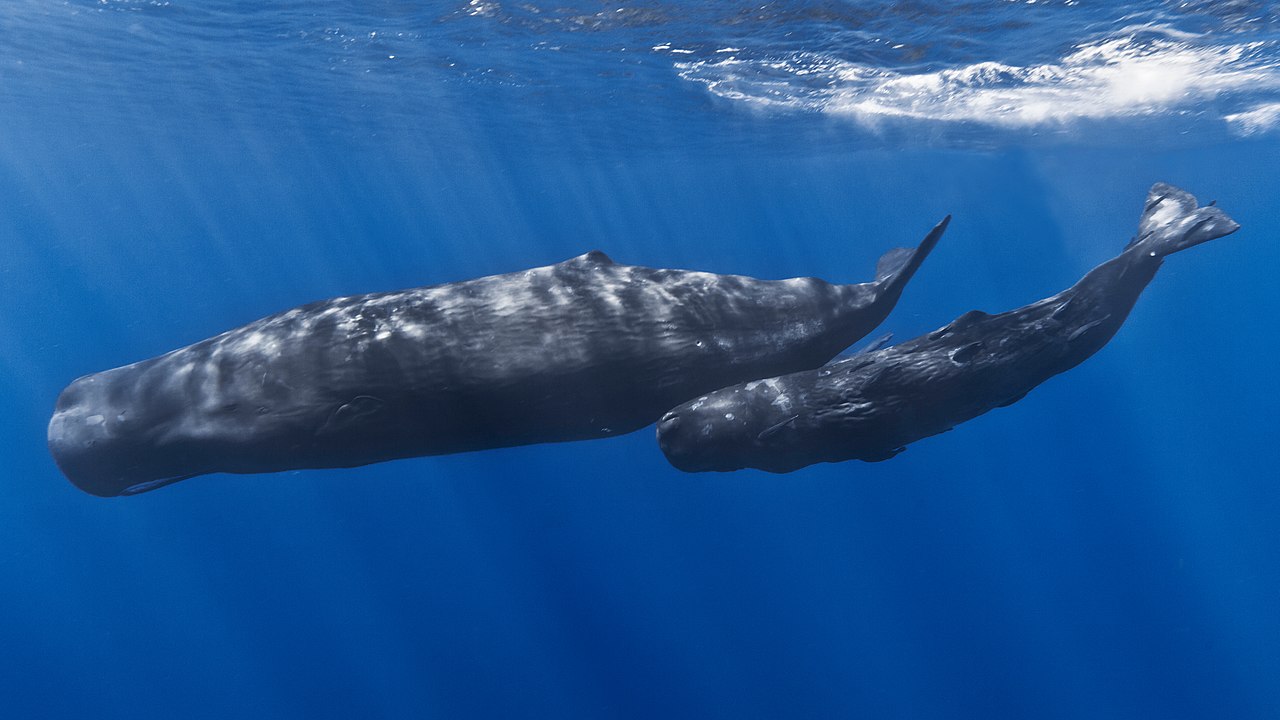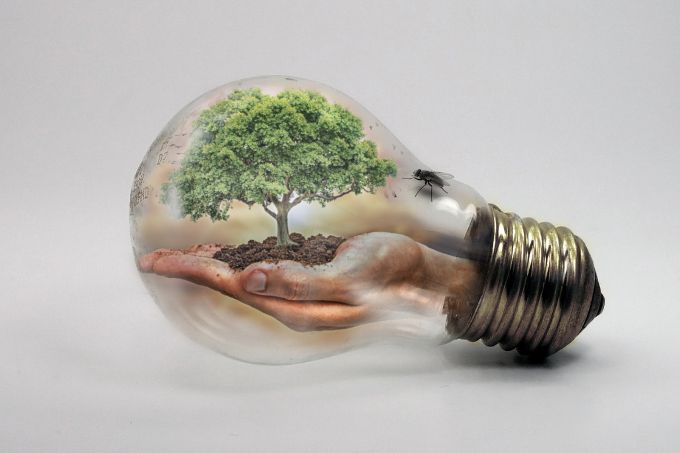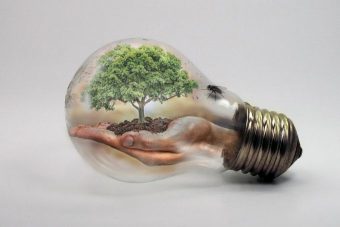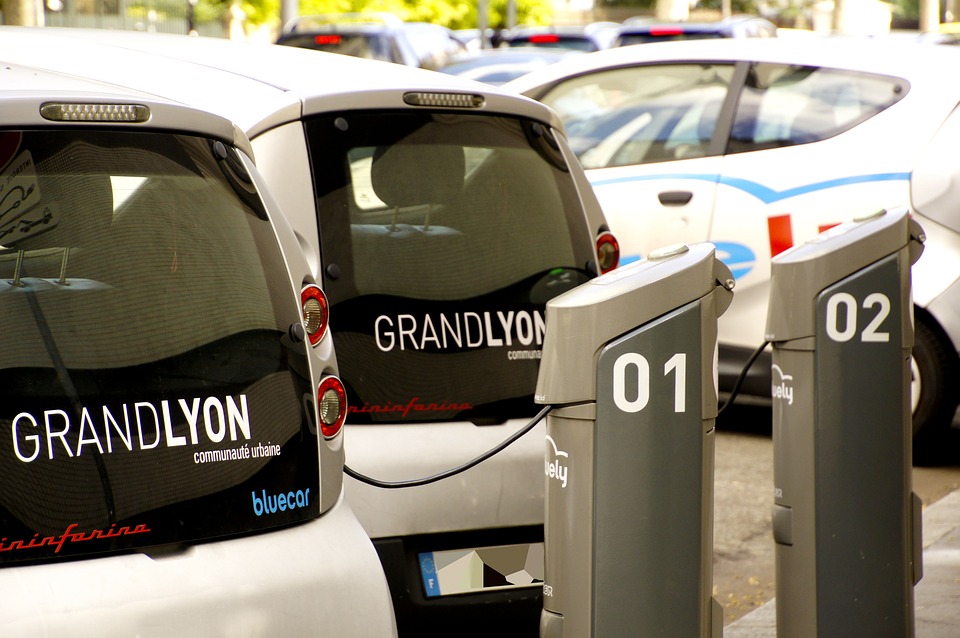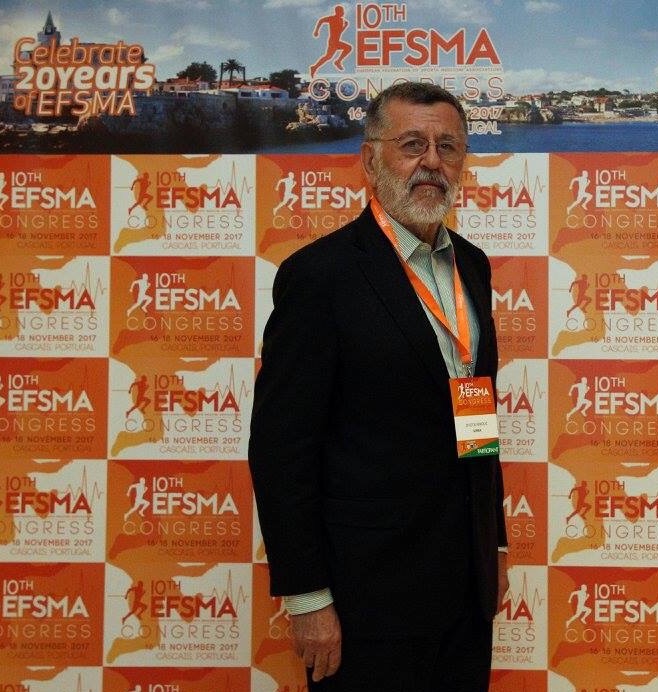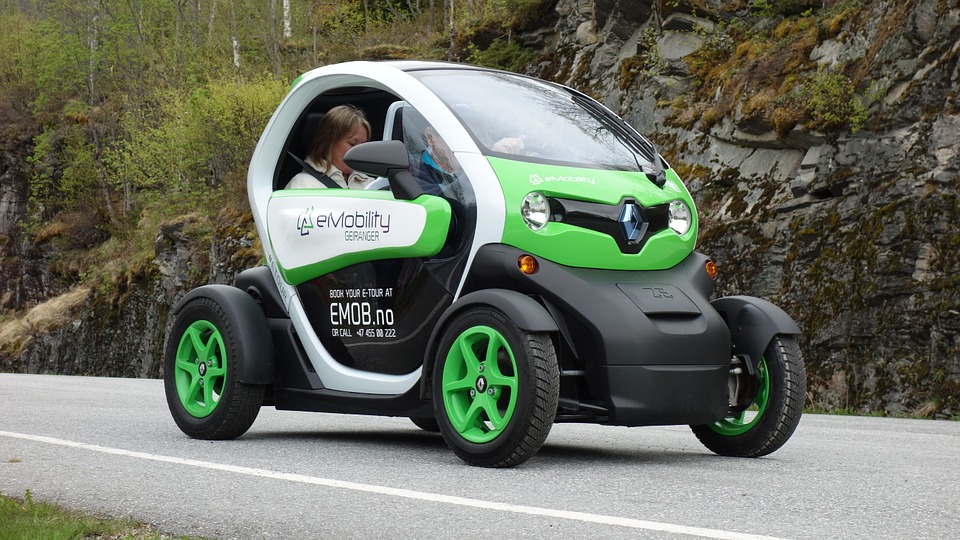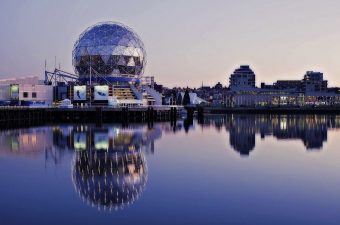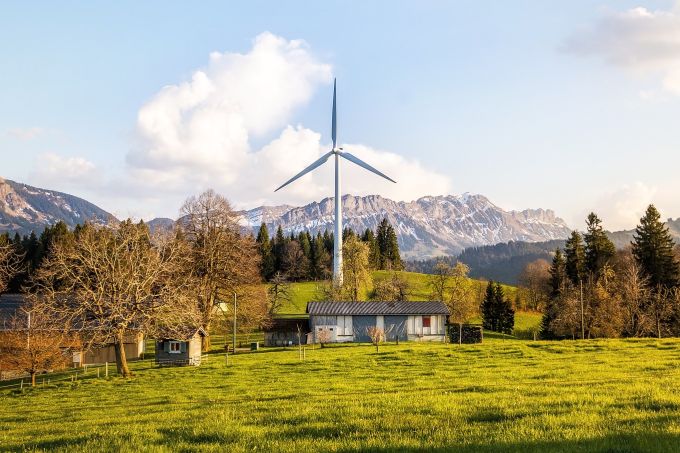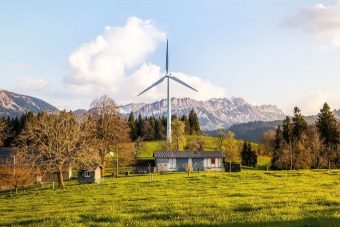
Last week, New York City lawmakers introduced a bill banning plastic straws in all bars and restaurants in the Big Apple, joining the growing worldwide war against this environmental scourge.
“There are 500 million straws being used everyday in the U.S.,” Councilman Rafael L. Espinal Jr., the bill’s lead sponsor, told NY1 on Thursday. “That’s enough to fill Yankee Stadium five times over.”
The 8 million tons of plastic garbage that flows into our oceans every year can easily harm or entangle marine life, which is why it’s important for us to prevent further damage. As Espinal tweeted, “It’s time for us as consumers to protect our planet by weaning off our dependence on single use plastic.”
The councilman is right. Skipping the straw, or opting for one of these sustainable options below, is a great way to start.
1. Compostable Straws
Marvin Stone invented the original paper straw in 1888. His invention was the go-to choice until plastic varieties became the standard after the 1960s. But there are still many paper varieties on the market today, including Aardvark, which sells durable, compostable paper tubes based on Stone’s original patent. Last September, Aardvark teamed up with ocean advocacy group Lonely Whale Foundation for Strawless in Seattle, the first-ever citywide takeover to eliminate plastic straws.
Compostable straws work well if you like the convenience of something disposable or plan to serve drinks at a party or gathering. Other choices include straws made from wheat stems (yes a straw straw) or corn bioplastic (although this material is best composted in a commercial composting facility). One restaurant in Bristol, England even pairs drinks with Bucatini pasta, a spaghetti-like noodle with a hole running through the middle.
2. Bamboo
Reusable straws are ideal for sipping beverages at home or when you’re on the go. One of the best options is bamboo, as these all-natural straws are usually made without pesticides, chemicals or dyes. Bamboo is also a versatile and rapidly renewable crop. Since it’s a natural material, bamboo straws are not dishwasher-safe and must be hand-washed. You also want the straw to be bone dry after cleaning and stored in a well-ventilated place to prevent mold. Check out StrawFree, which even sells an extra-wide, boba-friendly straw so you’ll be able to sip bubble tea sans plastic.
3. Metal
Unlike bamboo, which might wear and tear over time, metal straws are made to last. I own dishwasher-safe, stainless steel straws from Bunkoza, which comes with a handy pouch and a natural wool cleaner. I love them because they keep my drinks cool, although they did clink against my teeth when I wasn’t used to them at first. If you don’t like the idea of toting around a metal tube, the Santa Fe-based team at FinalStraw have also invented the world’s first collapsible stainless steel straw that you can conveniently attach to your keychain.
4. Glass
Another eco-friendly, long-lasting option is glass. Although these can break or shatter if you are not careful, the advantage is you can see through them, so you can make sure they are squeaky clean. Another cool thing about glass straws is that they come in all kinds of colors and whimsical designs. Strawsome has advice on the perfect glass straw for you.
5. Silicone
Unlike metal or glass, soft and bendy silicone straws don’t clink your teeth, making them ideal for kids and straw-biters. Softy Straws are made from food grade, BPA-free silicone and can handle extreme temperatures, so they work with hot drinks and can withstand the dishwasher.
Source: Eco Watch



